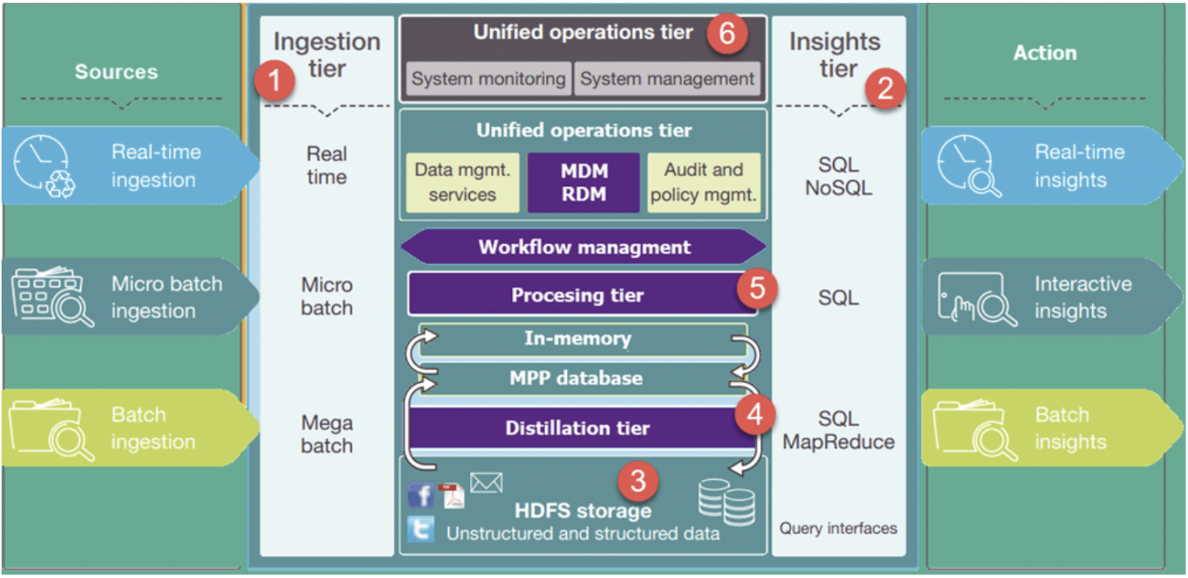September 21, 2022
Data Lake

DURATION
13mincategories
Tags
share
A data lake is a big archive that lets you store unstructured and structured data. One can store data in it at any scale one wants to. Various types of analytics can be run on the data lake ranging from processing big data, even machine learning or deep learning for making finer decisions.
Need for Data Lakes
The revenue of businesses that use data lakes has seen more growth as compared to their competitors. These businesses were able to analyze the data in various forms like clickstream data, social media data, machine learning over the log files, etc. Due to these analytics, they can recognize opportunities for growth by attracting more customers, retaining the previous ones, and making informed decisions.
Data Warehouse and Data Lake Comparison
If the organization has a data lake, it does not mean it does not also require a data warehouse, as both are not the same.
A data warehouse is a huge database that analyzes relational data from various business applications and transactional systems. The schema and the data structure of this warehouse are required to be defined in advance for running SQL queries fast, and the results of this are used for further analysis and reporting. Data cleaning is done, transforming and enriching data for further use.
In contrast, a data lake stores non-relational data from social media, mobile apps, etc., as well as relational data. The schema structure does not need to be defined while capturing the data. This gives you the flexibility to store your data without any pre-design and you can do all the big data analytics, real-time analytics, etc., on your data.
Main elements of a data lake:
Catalog data: It allows you to understand or extract data by cataloging, crawling, indexing, etc.
Machine Learning: Various types of insights can be generated using the data lake and reporting can be done with historic data. ML models can be built to predict the probable outcomes and with those outcomes informed decisions can be made to reach the optimal result.
Analytics: Data lakes allow people with many roles and responsibilities in an organization like data analysts, data scientists, and business analysts to approach data with different frameworks and analytic tools. The frameworks that are included are Spark, Hadoop, and different offerings from the data warehouse. Data lakes makes sure one does not need to run data in a different analytics system.
Data Movement: Data lake allows you to import any amount of real-time data. Data is stored from various sources and moved to the lake in different formats. This movement of data gives you the ability to scale data of any size while it saves time as you don’t need to pre-define the schema.
Data Lake Architecture

The above figure shows the architecture of a data lake. The upper levels show the transactional data lake. Below are the tiers in the data lake architecture:
At the foremost left are the sources from which data is collected in the data lake. They are batch, micro-batch, and real-time ingestion. These sources are mostly called the ingestion tier.
Hadoop distributed file system is the best solution for structured and unstructured data and it is where all the data lands.
Distillation, as the name suggests, converts the unstructured data into structured data for better analysis.
The processing tier runs various queries and analytical algorithms on real-time data to make the data structured
The unified operations tier consists of workflow management, data management, and proficiency management.
The insights tier on the right is the research side where SQL queries, excel, and NoSQL queries can be used for analysis.
Stages of Maturity of a Data Lake
Ingests and handles at scale: The foremost stage in data maturity is to improve the data to transform and analyze. Business owners find the tools at this stage to extract more data and build applications.
Analytic muscle building: It’s the second stage that enhances the ability to change and analyze data. At this stage, organizations make use of the tools and frameworks that are relevant to their skillset. They start obtaining data
and here capabilities of both data lakes and warehouses are put together.Data lake and enterprise data warehouse union: As many people can be put together into data analytics, data lake and warehouse work together end to end.
Data lake enterprise capability: Capabilities like the adoption of the information lifecycle, metadata management, information governance, etc. Not all organizations are implementing it.
Data Lake Implementation Best Practices
The design of the data lake should be based on what is available, not what is required.
The design of the data lake should be accompanied by components that are disposable and integrated with API.
On-boarding of newly discovered data sources is critical.
Data lake customizes the management to extract maximum value from data.
Data lake architecture should be according to specific industries.
I hope you got the idea of the purpose of data lakes and how organizations are using them.